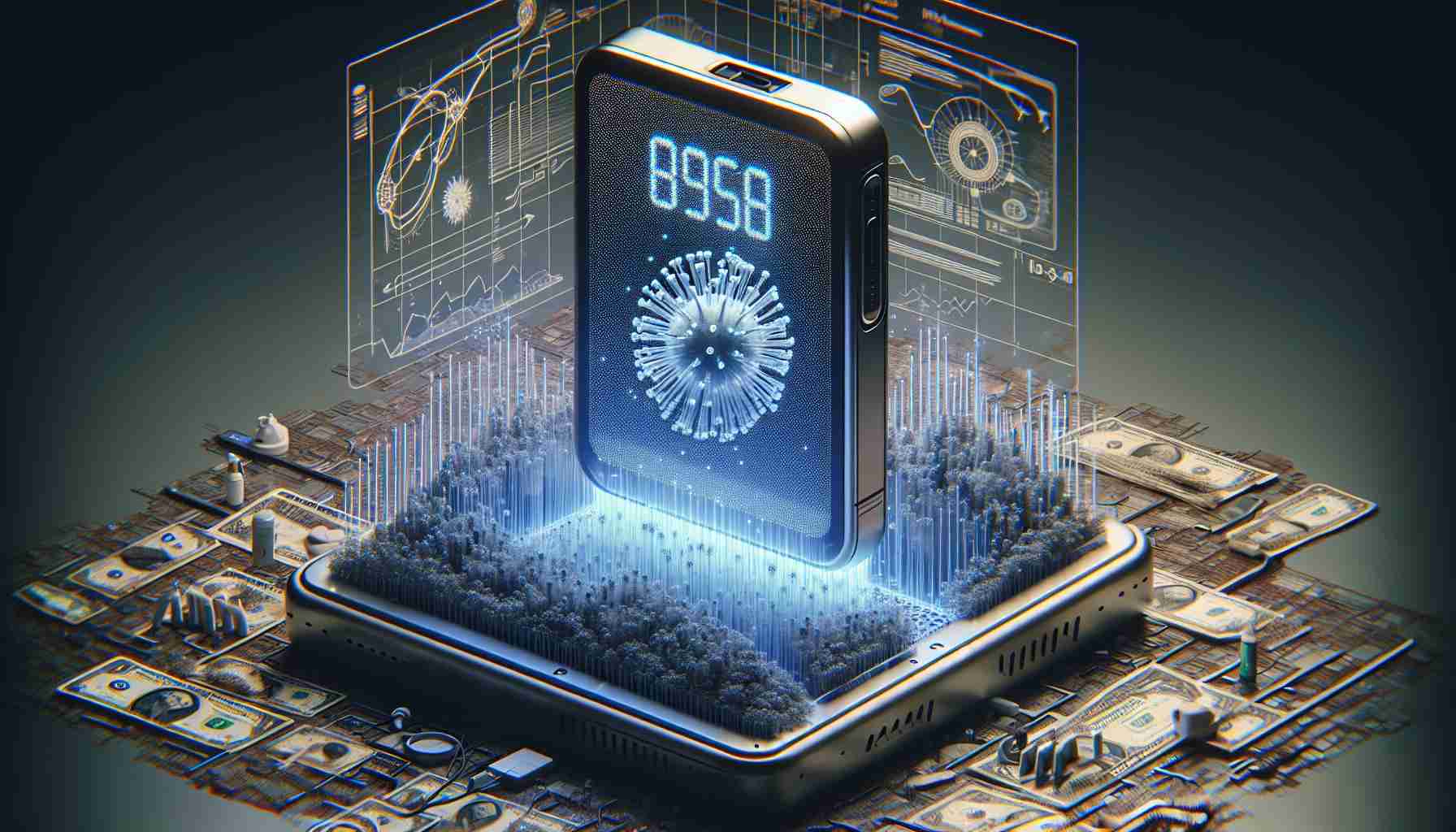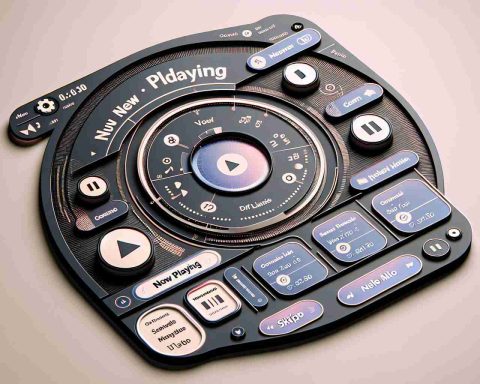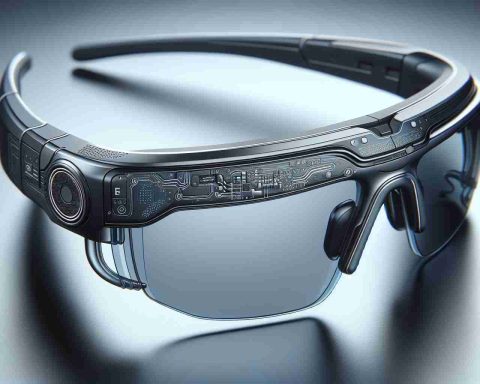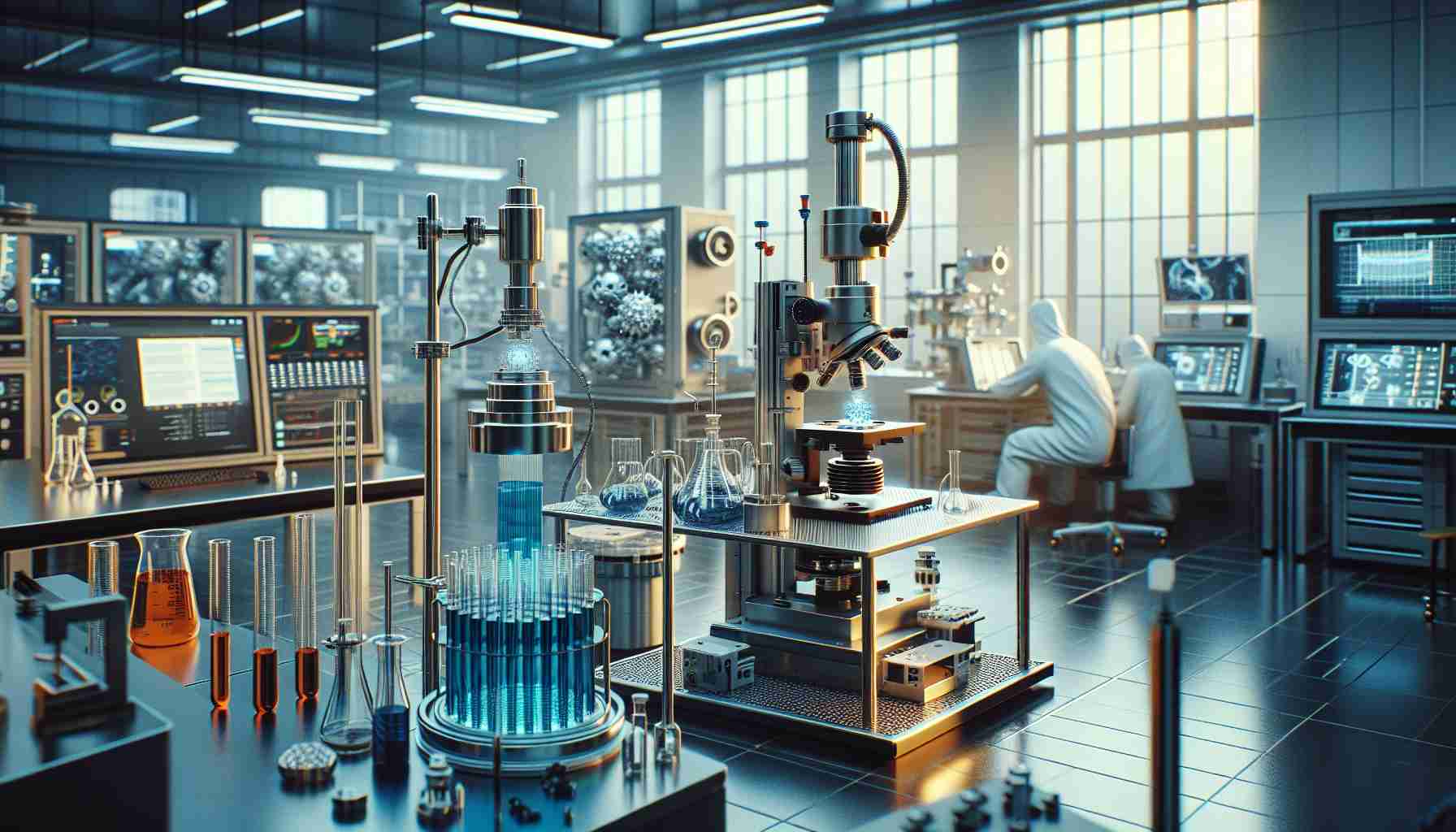The sixteenth episode of the sixth season of the popular show “Shark Tank” aired on January 30, 2015, attracting a significant audience of 7.9 million viewers. During this episode, entrepreneurs Wesley Laporte and Dan Barnes introduced PhoneSoap, an innovative device that utilizes UV light to sanitize smartphones while also charging them. Initially, some investors expressed doubts regarding the necessity of such a gadget, given the availability of disinfectant wipes. However, the founders effectively illustrated the advantages of their product, particularly emphasizing that traditional disinfectants could potentially damage electronic devices.
Despite initial skepticism, the presentation resonated with the investors. The entrepreneurs aimed to secure a $300,000 investment for a 7.5 percent equity stake in PhoneSoap. After negotiating with various Sharks, they ultimately struck a deal with Lori Greiner for a $300,000 investment in exchange for 10 percent of the company.
PhoneSoap’s journey following the show was remarkably successful. In the years following their television appearance, the company experienced substantial growth, achieving sales nearing $100 million by 2023. The COVID-19 pandemic significantly boosted consumer awareness and demand for sanitizing products, further propelling PhoneSoap’s sales. With a solid foundation established on “Shark Tank,” PhoneSoap has positioned itself as a leader in the hygiene technology market, demonstrating how a single pitch can transform a business idea into a household name.
The Rise of PhoneSoap: A Revolutionary Sanitizer
The smartphone has become an integral part of daily life, with studies indicating that people touch their phones over 2,600 times a day. This high frequency of contact also raises concerns about the bacteria and viruses residing on these devices. As awareness of hygiene grows, PhoneSoap has emerged as a revolutionary solution, addressing the pressing need for sanitization of personal devices.
Key Questions and Answers
1. What technology does PhoneSoap use to sanitize phones?
PhoneSoap utilizes UV-C light technology to kill 99.9% of germs and viruses on smartphone surfaces. This method is effective in disinfecting without the use of harsh chemicals that can damage electronics.
2. Is PhoneSoap safe for all smartphone models?
Yes, PhoneSoap is designed to accommodate a wide range of smartphone sizes. The internal chamber is spacious enough to fit various models, ensuring versatility for users.
3. How long does the sanitization process take?
The sanitization cycle typically lasts about 10 minutes, providing a quick and convenient way to keep devices clean without significant downtime.
Key Challenges and Controversies
Despite its success, PhoneSoap has faced challenges. One major controversy is the effectiveness of UV light compared to traditional cleaning methods. Critics argue that simply using wipes may be more practical for consistent use, especially if individuals carry them on-the-go. There are also concerns regarding the thoroughness of sanitization, as certain areas of the phone, such as ports and crevices, may not be fully exposed to UV light.
Additionally, the price point of PhoneSoap has been a sticking point for some consumers. While the device offers unique features and convenience, alternatives such as disinfecting wipes are considerably cheaper, which may deter price-sensitive consumers.
Advantages and Disadvantages
Advantages:
– Chemical-free sanitization: PhoneSoap does not rely on potentially damaging chemicals, making it safe for electronic devices.
– Multi-functional design: The device also serves as a phone charger, combining two essential functions in one.
– Increased awareness of hygiene: PhoneSoap has played a significant role in raising awareness about the importance of sanitizing devices, especially during the COVID-19 pandemic.
Disadvantages:
– Cost: The initial investment may be higher than traditional cleaning supplies.
– Potential for incomplete sanitization: Areas of the phone that are not directly exposed to UV light may remain contaminated.
– Dependence on technology: Users may become reliant on the device, overlooking regular manual cleaning practices.
As PhoneSoap continues to grow within the hygiene tech market, it remains essential for users to understand both its benefits and limitations. The journey of PhoneSoap illustrates how innovation can emerge from identifying everyday challenges, leading to practical solutions that promote health and wellness in an increasingly digital world.
For more information, visit the official PhoneSoap website.














